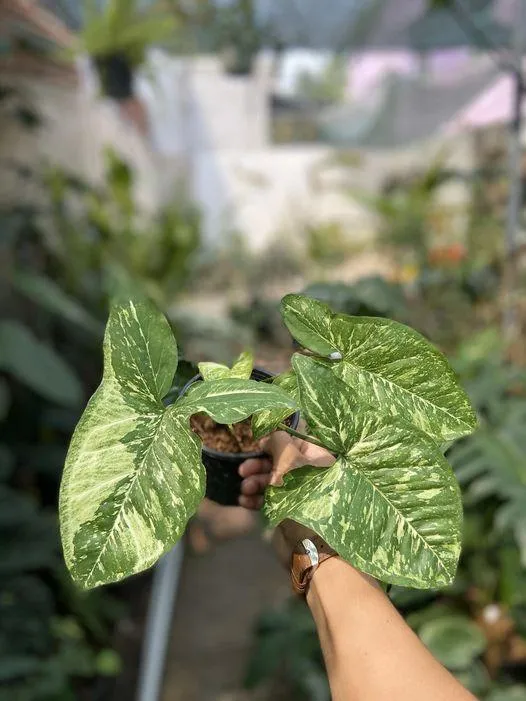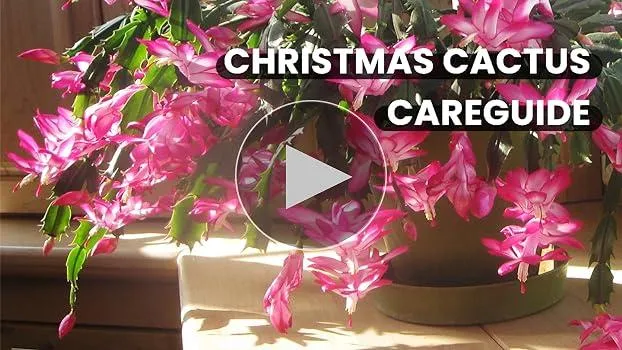Everything You Need to Know About Variegated Plant Leaves
If you’re interested in plants with uniquely colorful foliage, variegated leaves are sure to catch your eye. But what exactly causes leaves to become variegated, and what benefits do these patterns provide? Let’s break down the ins and outs of variegated plant leaves.
What Causes Variegation?
Variegation occurs due to a genetic mutation that disrupts the plant’s ability to produce chlorophyll in certain areas. Chlorophyll is the pigment responsible for photosynthesis, so leaves that lack it appear in contrasting colors. The mutation causes sectors of the leaf to be devoid of chlorophyll, taking on shades of white, yellow, cream or pink rather than the standard green.
From my experience growing variegated plants, the lack of chlorophyll is what gives leaves their striped, flecked or splashed patterns. Sometimes it looks kinda like the plant caught a bad sunburn! Most often these patterns are stable and repeat themselves with each new leaf generation. But occasionally a reversion can occur, causing a formerly variegated plant to grow back solid green.
The Benefits of Variegation
While variegated leaves may be less efficient at photosynthesis than solid green ones, their colorful patterns provide some nice advantages in the landscape:

- Variegated plants tend to be more showy and stand out compared to all-green foliage.
- The bursts of white or yellow calms things down if surrounded by darker green plants. It adds visual contrast.
- Variegation tends to make plants appear larger than they are due to the high-contrast patterns.
Plus variegated plants serve as a conversation starter whenever folks come over to check out the yard! I kinda feel like a plant magician showing them off, ya know? People are always astounded that Mother Nature can create leaves looking like they’ve been dipped in white-out.
Popular Variegated Plants
Lots of common garden plants come in variegated forms. Here are some that you might have seen rocking the two-toned leaf look:
- Coleus – Comes in all sorts of crazy color combos like red with pink splotches.
- Hostas – Classic green and white foliage that comes in small to huge sizes.
- Ivy – Variegated English ivy trails across fences and walls in cream and green.
- Philodendron – Tropical houseplants like pothos have leaves splashed in yellow or white.
- Mondo grass – Low-growing groundcover with grass-like leaves striped in cream or yellow.
For a classic, you can’t beat variegated pothos. Its trailing vines and heart-shaped leaves flecked in white are totally soothing to look at, if you ask me. Reminds me of my grandma’s antique porcelain collection somehow!
Challenges to Growing Variegated Plants
While variegation adds visual interest, it does come with some disadvantages compared to all-green counterparts:

- Variegated plants photosynthesize less efficiently due to the white or yellow sections that lack chlorophyll.
- They may grow more slowly or remain smaller due to this photosynthetic limitation.
- Leaves near the ends of branches are more prone to losing their variegation in lower light and reverting fully green.
- Variegated plants tend to be more susceptible to sun or cold damage if their care needs aren’t met.
So when growing variegated plants, make sure to give them protection from harsh summer sun or winter winds. Esp. if conditions cause stress, the variegation could potentially vanish in future leaf growth. Whoops, there goes the two-toned leaf party!
Tips for Growing Variegated Plants Successfully
To get the most eye-catching foliage display from variegated plants, bear these tips in mind:
- Provide adequate but indirect light to avoid sunburn on white/yellow sections.
- Water regularly during active growth but allow soil to dry slightly between.
- Fertilize monthly in spring and summer with a balanced plant food.
- Prune to maintain a bushy shape and remove any reverted green growth.
- Divide congested clumps every 2-3 years in spring to maintain vigor.
- Protect from harsh weather conditions like high heat or freezing temps.
If you basically coddle your variegated beauties and meet their care needs, you’ll be rewarded with vibrant, long-lasting patterns on all new growth. From my experience, it’s totally worth the little extra love to enjoy those fancy foliage all season long!
Final Thoughts on Growing Variegated Plants
Whether used as accents among solid green plants or displayed as stand-alone specimens, variegated leaves add tons of visual interest to any garden or indoor setting. Their eye-catching patterns stop folks in their tracks, causing them to do a double take in awe. Though slightly more high maintenance than all-green plants, variegated varieties are well-suited for beginners due to their durability and decorative effects.

Give some variegated beauties a try in your own space and see if you don’t fall under their freaky foliage spell too! It’s amazing what nature can create just by interfering with a single pigment. Does this help explain the ins and outs of variegation? Let me know if you need any other plant tips – I basically live at the garden center, LOL!
Characteristics of Variegated Plant Leaves
| Plant | Leaf Variegation Pattern | Light Requirements | Care Tips |
|---|---|---|---|
| Pothos | Yellow or white splotches | Low to medium light | Water when top inch of soil is dry |
| Philodendron | White edged or pink variegation | Medium to bright indirect light | Mist leaves to increase humidity |
| Chinese Evergreen | White edged or pink veined leaves | Low to medium light | Keep soil slightly moist |
| Zebra Plant | Dark green stripes with yellow variegation | Medium to bright light | Water when top inch of soil is dry |
| Peperomia | White, pink or yellow variegated patterns | Medium indirect light | Maintain even soil moisture |
FAQ
-
What causes some leaves to have strange colors or patterns?
Variegated leaves are kind of weird-looking because portions of their surface are a different hue than usual. This happens when certain parts don’t produce as much green pigment. Genetics and environmental factors can play a role.
-
Why do gardeners value variegated plants?
At the same time, variegated leaves add really nice visual interest to landscaping. Their unusual patterns provide stunning contrast that really makes plants stand out. Gardeners fancy them for boosting curb appeal. However, their colors don’t always last if grown in FULL sun.
-
Do all variegated plants stay variegated?
Perhaps some variegated plants can lose their markings over time or when grown in POOR conditions. The plant may generate normal green leaves instead of variegated ones. But many cultivars like ‘Goldsturm’ sage reliably keep their variegation with decent care. It depends on the individual plant type and strain.

-
How easy is it to propagate variegated plants?
Generally speaking, propagating variegated plants takes some skill because their abnormal traits might not always carry over to new growth. Cuttings and division are Normal ways but success rates can vary widely. Sometimes a new plant produces all-green leaves despite the parent’s variegation. Growers must endeavor carefully to maintain the valued variegation.
-
Are variegated plants less hardy than solid colored ones?
On the other hand, variegated plants may have lower photosynthesis capacity due to lacking normal green pigment in some areas. So they can be less hardy and require Special care. Too much sun or cold could bleach out or damage their markings. But placing them in sunny spots with ample water usually assures their variegation stays as amazing as before.
-
Do variegated plants have any disadvantages?
In summary, while variegated plants add awesome curb appeal, their markings don’t come without some drawbacks. Apart from reduced hardiness, their patterns may not always propagate true. But with Tender loving care, many cultivars reliably keep wowing us season after season. Their strange beauty makes the small extra effort worthwhile, right?
